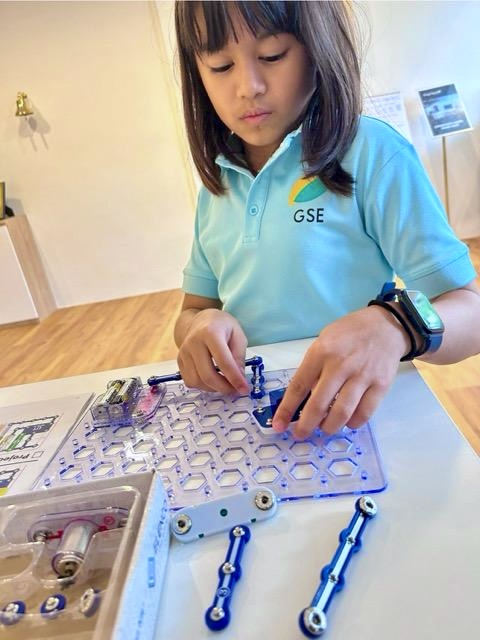In today’s fast-paced world, fostering a love for reading in children is more important than ever. Creating a dedicated reading corner and a creative learning space can significantly enhance your child’s reading habits and academic success. This article explores how to establish an inviting reading environment, the impact of learning spaces on academic performance, and best practices for nurturing a lifelong love of reading.
The Importance of a Dedicated Reading Corner
A dedicated reading corner serves as a sanctuary for children, where they can immerse themselves in books without distractions. This space should be comfortable, well-lit, and stocked with a variety of reading materials that cater to your child’s interests.
When children have a designated area for reading, they are more likely to associate it with positive experiences. This can lead to increased motivation to read, as they feel a sense of ownership over their space. Moreover, a reading corner can help children develop independence in their reading habits. They learn to choose books, manage their time, and engage with stories on their own, which fosters critical thinking and comprehension skills.
The Influence of Learning Spaces on Academic Success
The environment in which a child learns can significantly influence their academic performance. A well-organised and stimulating learning space encourages focus and creativity. Research shows that children who study in a clutter-free, dedicated area tend to perform better academically.
Incorporating elements such as educational posters, a comfortable seating arrangement, and access to resources can enhance the learning experience. Furthermore, having a space that reflects your child’s interests can increase their engagement and enthusiasm for learning. This is particularly crucial for children aged 7-12, as they are at a pivotal stage in their educational journey.
Best Practices for Creating an Inviting Reading Corner at Home
Creating an inviting reading corner at home doesn’t have to be complicated. Here are some best practices to consider:
- Choose the Right Location: Select a quiet corner of your home with minimal distractions. Natural light is ideal, so consider positioning the reading area near a window.
- Comfort is Key: Invest in comfortable seating such as bean bags, cushions, or a small armchair. A cosy blanket can also make the space more inviting.
- Curate a Diverse Book Collection: Stock the reading corner with a variety of books that cater to different interests and reading levels. Include fiction, non-fiction, and graphic novels to keep your child engaged.
- Incorporate Personal Touches: Allow your child to personalise their reading corner with their favourite items, such as artwork or photos. This will make the space feel more special and encourage them to spend time there.
- Set a Reading Routine: Establish a regular reading time to help your child develop a habit. This could be a quiet time before bed or during the afternoon after school.
By implementing these practices, you can create a nurturing environment that supports your child’s reading journey and academic growth.
Conclusion
Creating the right learning space, particularly a dedicated reading corner, is essential for fostering independent readers. By providing a comfortable, engaging environment, you can significantly influence your child’s reading habits and academic success. Remember, the goal is to create a space that not only encourages reading but also inspires creativity and critical thinking.
For more tips on enhancing your child’s learning experience, check our website for more information!
FAQ
- How can a dedicated reading corner enhance my child’s reading habit? A dedicated reading corner provides a comfortable and inviting space that encourages children to read independently. It helps them associate reading with positive experiences, fostering a love for books and enhancing their reading skills.
- How can a learning space influence my child’s academic success? A well-organised and stimulating learning space promotes focus and creativity, leading to better academic performance. A clutter-free environment allows children to concentrate on their studies, while resources tailored to their interests can boost engagement.
- What are the best practices for creating an inviting reading corner at home? Choose a quiet location with natural light, invest in comfortable seating, curate a diverse book collection, incorporate personal touches, and establish a reading routine to create an inviting reading corner.

